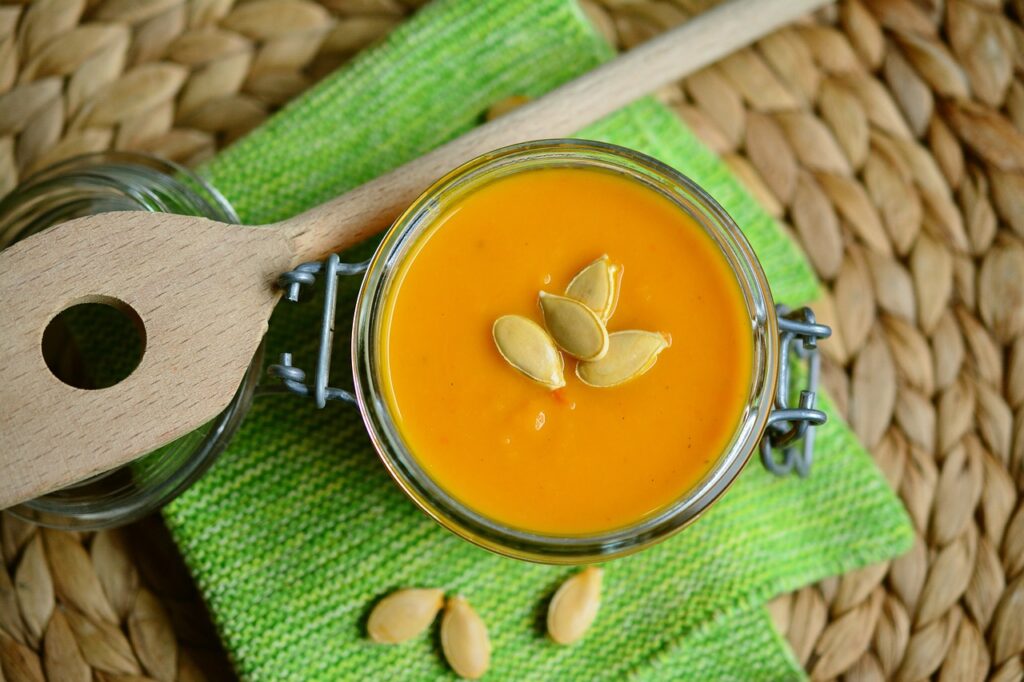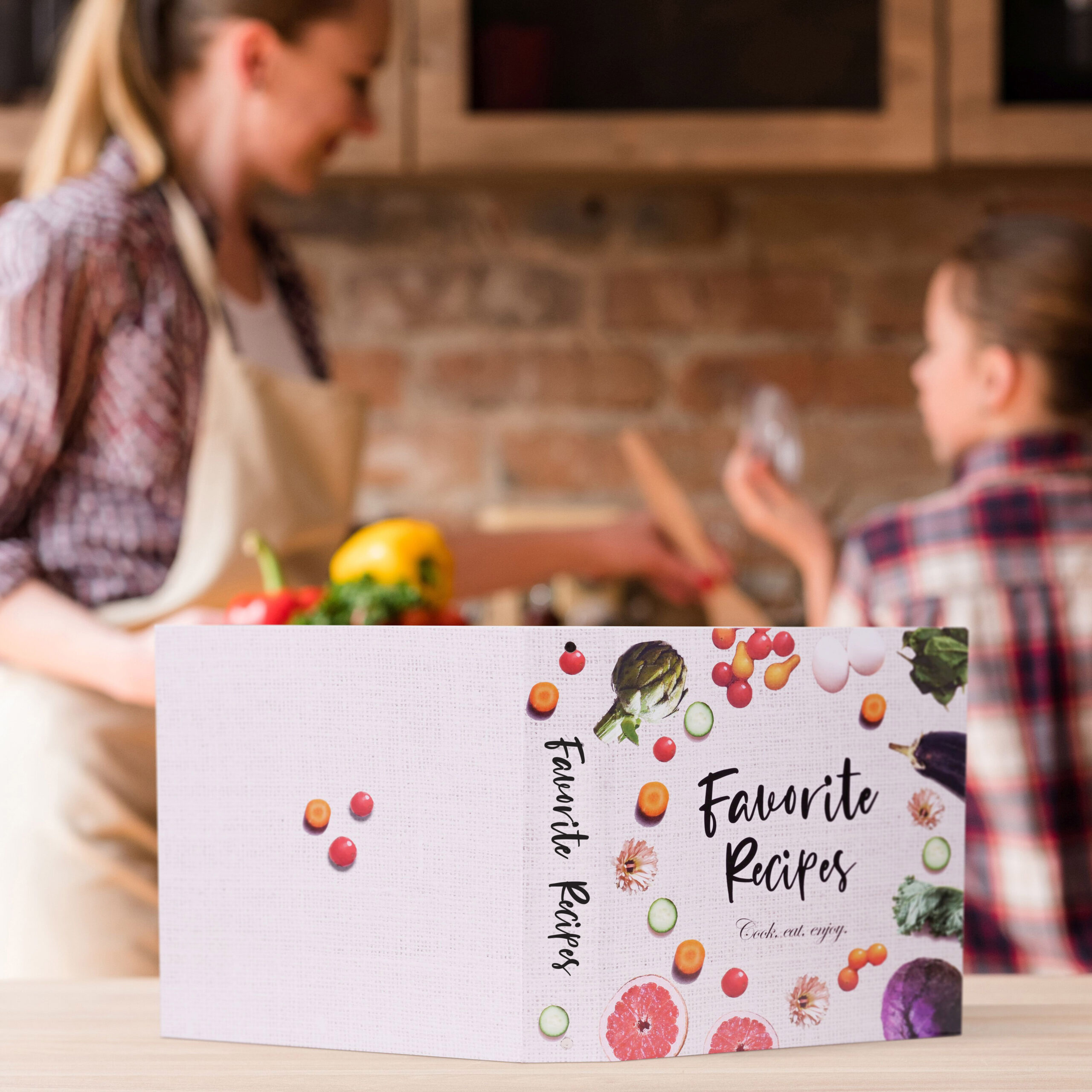Meal planning is the secret ingredient to a stress-free and well-organized kitchen. Whether you’re a seasoned home cook or just starting your culinary journey, utilizing recipe binders for weekly planning can transform the way you approach meals. This step-by-step guide will walk you through the process, offering templates and valuable tips for effective weekly menu organization.
Step 1. Gather Your Material
Before diving into meal planning, gather your essentials:
Recipe Binder: Choose a binder that suits your style and offers ample space for recipes and planning.
Recipe Cards or Printed Recipes: Organize your recipes in the binder, categorizing them by meal type or cuisine.
Planner or Calendar: Use a weekly planner or calendar dedicated to meal planning.
Pens, Highlighters, and Sticky Notes: These will help you mark, categorize, and highlight recipes or day
Step 2. Assess Your Needs and Preferences
Consider your dietary preferences, family size, and schedule. Decide if you’re planning for breakfast, lunch, dinner, or snacks. Assess any dietary restrictions or nutritional goals to incorporate into your planning.

Step 3: Create a Weekly Meal Plan Template
Design a template that suits your planning style. It can be as simple as a table with days of the week or a more detailed layout, including meal categories like breakfast, lunch, dinner, and snacks. Incorporate space for notes or grocery lists.
Step 4: Choose Your Recipes
Refer to your recipe binder to select meals for the week. Consider variety, balancing different cuisines, proteins, and vegetables. Include family favorites, new recipes you want to try, and quick meals for busy days.

Step 5: Fill in Your Meal Plan
Using your chosen template, start filling in each day with the selected recipes. Be mindful of your schedule—opt for simpler meals on hectic days and reserve elaborate ones for when you have more time.
Step 6: Note Ingredients and Prepare a Grocery List
Review each recipe and jot down the ingredients you need. Compile these into a comprehensive grocery list. This will streamline your shopping and ensure you have everything on hand for the week.
Step 7: Personalize and Organize
Personalize your meal plan by adding notes or color-coding for easy reference. Use sticky notes or tabs in your recipe binder to mark the selected recipes for the week.
Step 8: Implement and Adapt
Stick to your meal plan as closely as possible, but remain flexible. Life can be unpredictable, so be ready to adapt if plans change. Swap meals or repurpose leftovers to minimize waste.

Tips for Efficient Planning
Batch cooking: Prepare larger quantities and utilize leftovers for subsequent meals or lunches.
Theme nights: Assign specific themes to each day of the week (e.g., Meatless Monday, Taco Tuesday) for variety.
Rotate favorites: Regularly revisit and rotate your favorite recipes to avoid monotony.
Prep in advance: Pre-chop vegetables, marinate proteins, or cook grains ahead to save time during busy days.
Meal planning with recipe binders is a game-changer for anyone seeking a more organized and stress-free approach to cooking. By creating a structured weekly plan and utilizing your recipe collection, you can save time, minimize food waste, and ensure delicious meals throughout the week. Embrace the flexibility of this approach and tailor it to suit your lifestyle, dietary needs, and culinary preferences. Find our recipe binders and books below!

